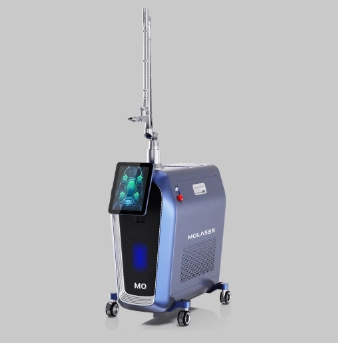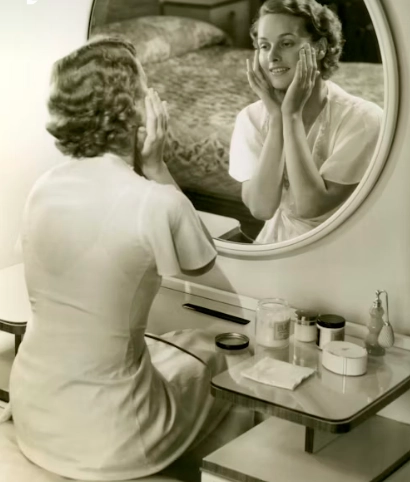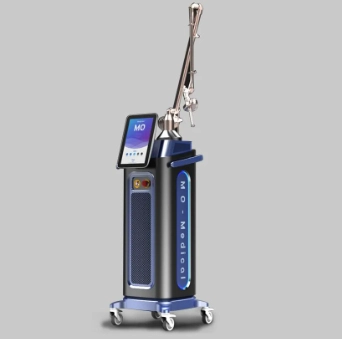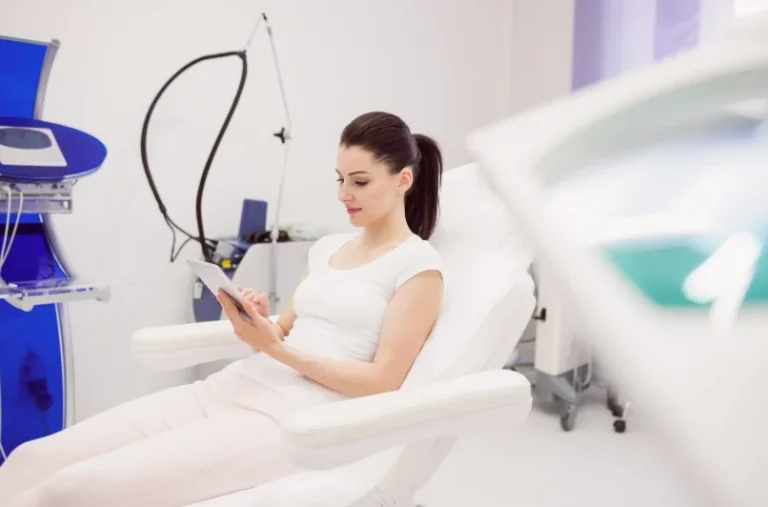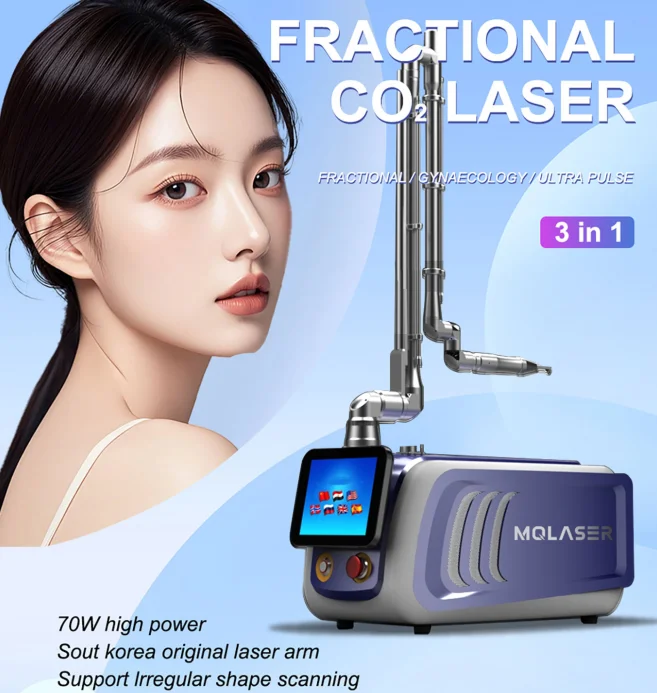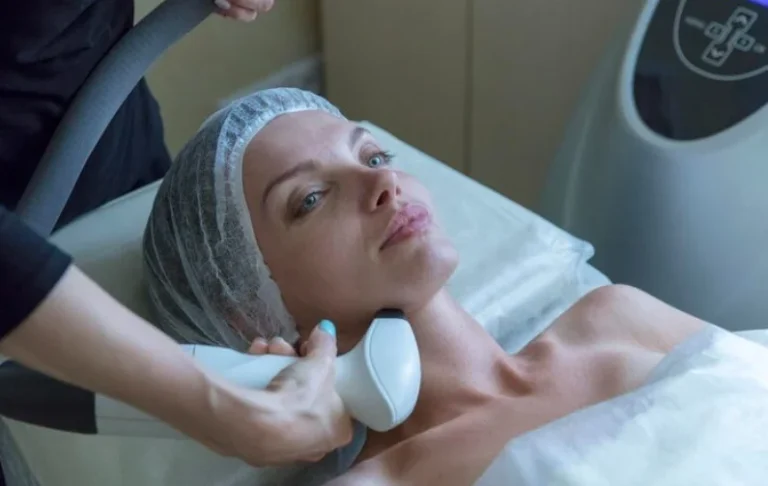
Smoothing wrinkles with a fractional CO₂ laser isn’t like ironing clothes. It’s a high-tech process needing skill and strict safety rules. This laser is a top choice in beauty treatments, great for refreshing skin, clearing acne scars, and even vaginal rejuvenation. It boosts collagen growth while being gentle on nearby skin, making it ideal for non-surgical wrinkle fixes. But success depends on careful safety steps. Doctors must prioritize patient care before, during, and after treatment to get great results and avoid problems.
Pre-Treatment Safety Considerations
Before starting, doctors need to take safety seriously. A detailed check-up is key.
Initial Consultation and Skin Assessment
First, doctors meet with patients to check their skin type and past treatments. They look for any health issues that might slow healing or raise risks. This step is vital for a safe plan.
Identifying Potential Contraindications
Next, doctors must spot risks. Pregnant women, those with recent sun exposure, or people with keloid scars can’t get this treatment. Also, taking certain drugs like isotretinoin is a no-go. These checks keep patients safe.
Setting Realistic Expectations with the Patient
Besides, doctors must explain what results to expect. They make it clear that outcomes differ, and several sessions might be needed. Honest talk builds trust and prepares patients for the journey.
Equipment Preparation and Device Handling
Good tools and careful handling are crucial for safe and effective treatments.
Ensuring Proper Calibration of the Fractional CO₂ Laser Device
The laser’s power must be checked often with a standard meter by trained staff. This keeps energy steady for every session. Consistent power means safe, predictable results.
The Importance of Using Certified and Well-Maintained Equipment
Only certified devices, approved by groups like the FDA or CE, should be used. Regular upkeep is a must. Well-maintained tools ensure steady performance and patient safety.
Hygiene and Sterilization of Tools and Treatment Area
What’s more, cleanliness is non-negotiable. All tools need disinfecting before use. Treatment heads get wiped with 70% isopropyl alcohol after each session. This stops germs from spreading.
Patient Preparation Before the Procedure
Getting patients ready lowers risks and makes the process smoother.
Skin Cleansing and Prepping Procedures
First of all, the skin must be spotless. Makeup comes off, and the face gets a deep clean. This lets the laser work better without oils or dirt in the way.
Protective Measures for Eyes and Sensitive Areas
Everyone in the room wears protective goggles from the laser’s maker. Patients keep their eyes shut, even with goggles, to avoid any accidents. Safety comes first.
Communicating Procedural Steps Clearly to the Patient
Doctors explain each step clearly. They describe what patients will feel. This calms nerves and helps patients cooperate during treatment.
Safe Operation During Wrinkle Removal Treatment
During the procedure, careful moves ensure safety and great results.
Monitoring Energy Levels and Treatment Depth
The laser’s depth needs adjusting based on the skin issue—light for surface problems, deeper for tougher ones. Too much power can burn or discolor skin. Doctors watch closely.
Maintaining Consistent Hand Movement to Avoid Uneven Exposure
Even hand movements are key. Uneven pulses can hurt the skin. The laser’s points must spread uniformly for safe, balanced coverage.
Managing Patient Comfort Throughout the Session
Cooling systems, like fans or water-based chillers, ease discomfort. They keep patients relaxed. Smoke evacuators also clear the air, adding to safety.
Post-Treatment Care Protocols Doctors Should Follow
Aftercare is just as important as the treatment itself. It ensures proper healing.
Immediate Post-Procedure Skin Care Guidelines
Right after, cold compresses soothe the skin. Systems that clear laser smoke also cool the treated area fast. This helps patients feel better sooner.
Avoidance of Sun Exposure and Irritants
Patients must skip sun exposure and harsh products during recovery. This prevents redness or color changes. Gentle care is the way to go.
Educating Patients on Home Care Routines
Healing takes about 5–7 days, depending on laser settings. Patients need to follow prescribed creams strictly. They should watch for warning signs like long-lasting redness or pus. If these appear, they must see a doctor right away.
Risk Management and Complication Prevention
Knowing common issues helps doctors avoid them.
Common Side Effects and How to Minimize Them
Mild redness, swelling, or dryness often happen. These can be eased with gentle creams or doctor-approved steroids. Careful treatment reduces these effects.
Preventing Infections Through Proper Hygiene
Cleanliness is critical. Sterile gloves, disinfected tools, and fresh linens create a germ-free zone. This stops infections after treatment.
When to Refer Patients for Further Evaluation
If problems linger or worsen, doctors should send patients to skin specialists. Quick action prevents bigger issues.
Training, Certification, and Continuous Learning for Practitioners
Using lasers safely takes skill and constant learning.
Importance of Formal Training in Laser Aesthetics
Only trained experts should use lasers. They’re powerful and risky if mishandled. Training follows strict manufacturer rules for safety.
Staying Updated with Technological Advancements
Newer lasers have better settings. Keeping up with changes leads to safer, better results. Old methods can cause problems.
Participating in Hands-on Workshops or Seminars
Workshops let doctors practice on different skin types. Hands-on learning sharpens skills and boosts confidence.
The Role of Advanced Technology in Ensuring Safety
Top-notch tech makes treatments safer and more effective. Precision and smart design are key.
MQLASER’s DEPPLUS® Stationary Fractional CO₂ Laser: An Example of Excellence

Brands like MQLASER show how tech improves safety. Their DEPPLUS® system stands out:
- Smart Spot Technology and Spiral Pattern Precision: Easy-to-use controls and preset patterns ensure accurate energy delivery. This prevents burns or uneven results.
- High Power Output with Minimal Discomfort: Strong lasers with quality beams and cooling systems make treatments effective yet comfortable.
- Adaptable Modes for Various Applications: Multiple settings for different areas or issues increase safety and flexibility.
MQLASER offers detailed manuals and global support, helping doctors use their tools safely.
Summary of Key Safety Measures for Wrinkle Removal Procedures
Safe wrinkle removal with fractional CO₂ lasers comes from thorough checks, clean practices, careful energy control, clear patient guidance, smart risk handling, ongoing training, and top-quality tools. These steps ensure great results with minimal risks.
FAQs:
Q1: How long does it take to see results after fractional CO₂ laser wrinkle removal?
A: About a week after, redness and swelling fade, and skin texture may improve. But collagen growth takes time. Smoother, tighter skin shows up over 1–3 months.
Q2: Is wrinkle removal using fractional CO₂ lasers painful?
A: It feels warm and prickly, but it’s bearable. Numbing cream helps, and cooling systems in advanced lasers make it more comfortable.
Q3: Can all skin types safely undergo fractional CO₂ laser treatments?
A: Many skin types can be treated, but those with keloids or active infections face higher risks. A doctor’s check-up is a must to ensure it’s safe.

